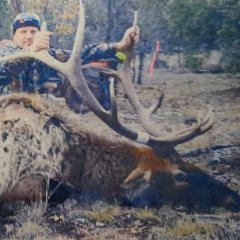Sign in to follow this
Followers
0

Reloading for longrange neck size or full size?
By
Crazymonkey, in Long Range Shooting

By
Crazymonkey, in Long Range Shooting